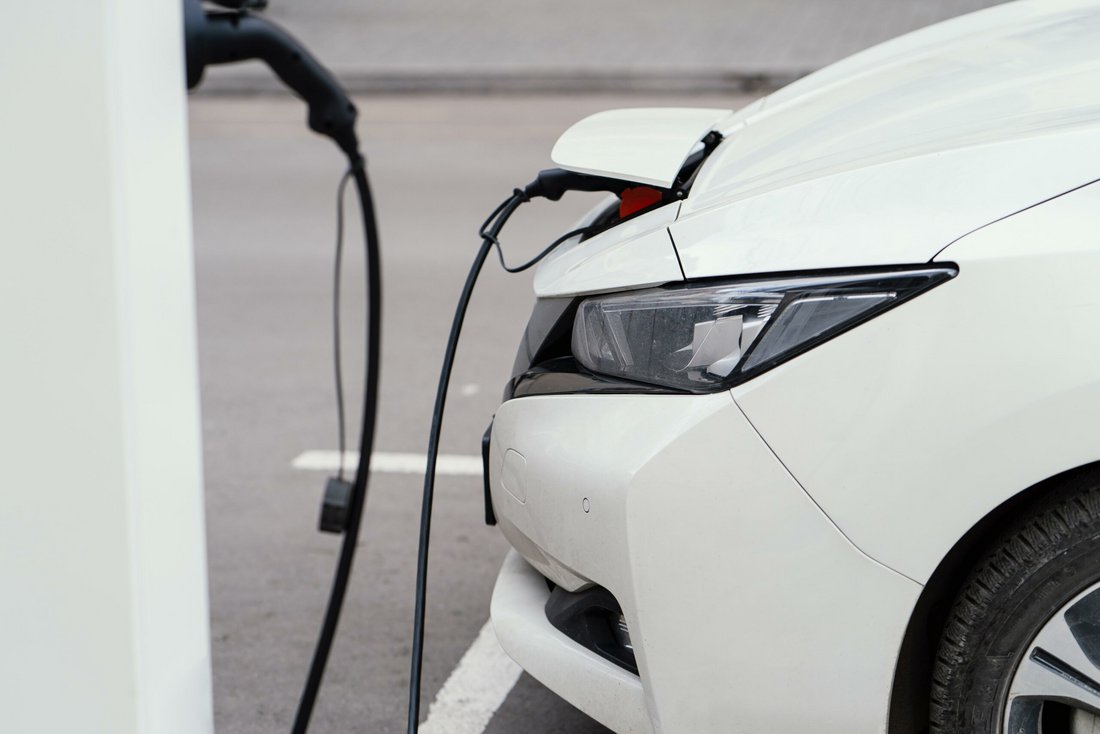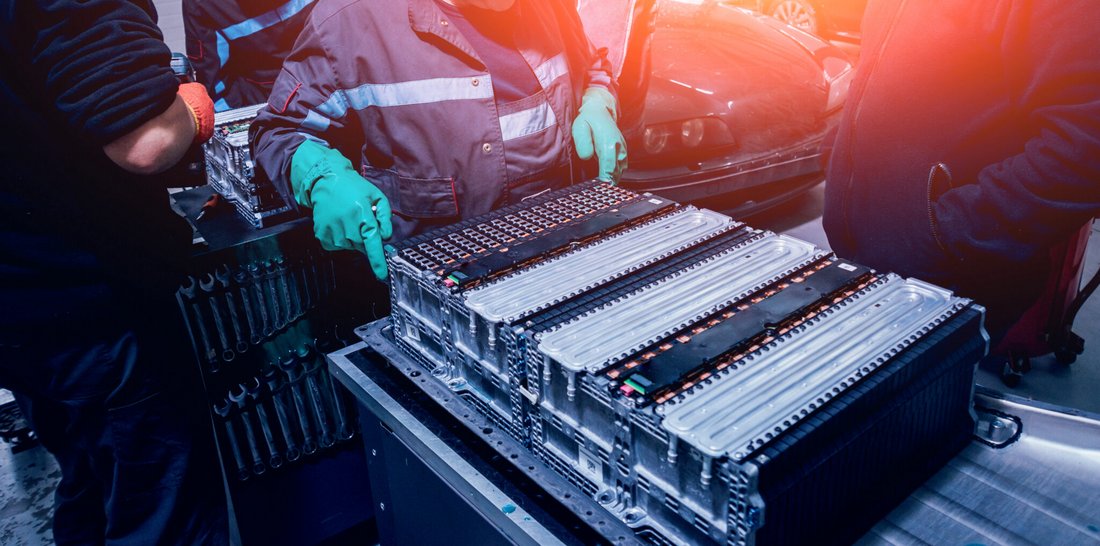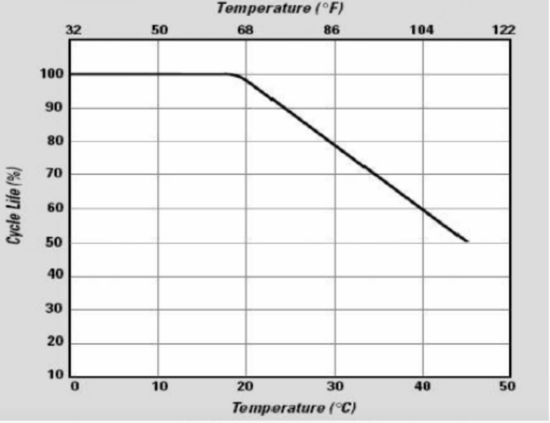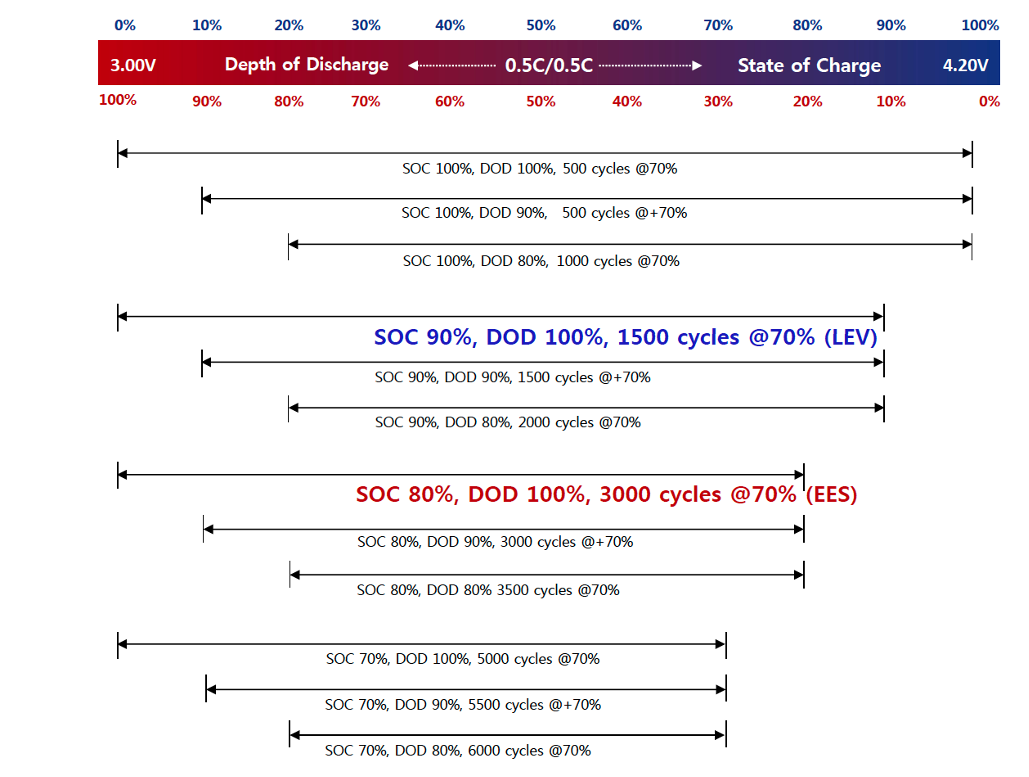2 tips for extending the life of batteries

If you own an electric car or you are thinking about getting one, you are probably also thinking about how to maximize the life of the most expensive component of an electric car – the traction battery.
The traction battery, popularly referred to as the “battery“, is the energy storage unit in the car that supplies power to the electric drive and also supplies electricity to all the auxiliary systems in the car. It is usually composed of many lithium-ion cells connected in series-parallel to achieve the required battery voltage and capacity. As the traction battery is one of the most important components of the car and also the most sensitive to improper handling, here are some good tips to extend its life. You can then apply the same advice to all devices where you use rechargeable batteries.

So how to extend battery life?
1. Temperature
The temperature has a major impact on the lifetime of all battery technologies, whether we are talking about lithium batteries or, for example, lead-acid batteries, which are a long-standing part of the automotive industry for starting internal combustion engines. But for traction batteries, temperature directly affects the number of possible charge and discharge cycles. High temperatures significantly reduce the number of cycles.
An example of how much temperature affects life is shown in Figure 1.

So, you may be asking how to protect your batteries from temperatures above 20°C to maintain their lifetime at their original value?
Battery life is affected by the so-called internal effective temperature, the average temperature of the battery over its lifetime. So the user does not have to worry about parking his electric car in a sunny place, knowing that this would significantly affect the life of his traction battery. On the other hand, if we have two electromobiles, one permanently parked in the sun and the other permanently parked in the shade, then more charge and discharge cycles will be completed by the one parked in the shade.
The temperature is significantly affected by the charging rate. The higher the charging rate, the more heat loss the battery produces, i.e. the hotter it gets. Today’s electric vehicles are equipped with sophisticated cooling systems that compensate for this heating, yet the battery temperature increases when charging quickly.
If you have the option, charge your electric car slowly, ideally using an AC on-board charger. DC charging is then usually rated for higher charging capacities, typically 50 to 250 kW. The higher the charging power, the more heat is generated.
2. Depth of discharge, maximum state of charge and maximum state of discharge
Imagine a glass of water. In this case, it represents a traction battery. The volume of the glass is the capacity of the battery in watt-hours (Wh), and the depth of discharge represents how much water is poured out of the glass and put back in each cycle, i.e. what % of the battery is discharged and recharged.
For the depth of discharge, a simple rule of thumb is that the less % we discharge each cycle/drive, the more cycles the battery can give us. In other words – the more often we charge, the better.
Another factor that greatly affects the life of a traction battery is the charge and discharge limits. By limits we mean the upper limit of the state of charge in % for charging and the lower limit of the state of charge in % for discharging.

Although Figure 2 looks complicated to the layman, on closer examination a clear conclusion can be drawn.
The more we charge the battery, i.e. the higher the % state of charge of the battery, the shorter the battery life will be. Although the lower limit for discharge is not so strict, the user can still extend the battery life in hundreds of cycles by limiting the lower % state of charge.
Let’s take a simplified example. In real life, we still need to consider the effect of temperature rise when discharging at higher powers, but let’s not consider warming for simplicity:
If I, as a user, consistently charge my vehicle to 100% charge and consistently discharge to 0% each trip, then my traction battery will last 500 such cycles before it reaches 70% of its original capacity.
If I limit the upper limit of charge to 90%, then I extend the life 3 times, to 1500 cycles, and if I limit to 80% charge, then I reach 3000 such cycles, which may be the equivalent of 8 years of daily use.
If I limit it to 70% state of charge, there will be as many as 5000 charge and discharge cycles.
Evaluation
Electric car users can significantly influence the lifetime of their electric cars.
The effect of temperature can be partially eliminated by regular use of slow charging, which in most cases is not a problem. It is assumed that most EV users will charge their cars using slow AC charging at work or at home, and will only use fast charging occasionally for long-distance travel.
Such users can then significantly extend battery life by not charging the batteries to full state of charge. Most manufacturers work some reserve into their traction batteries, both for charging and discharging. However, these are not very large, usually a few % extra. It is therefore recommended to charge traction batteries for daily operation to 80% or less. The effect on traction batteries is clearly positive and the available battery capacity will decrease much more slowly than if the traction battery is always recharged to higher values.
For those users who, on the other hand, drive long distances on a daily basis, we have the following recommendation: fast chargers can be used when planning journeys appropriately, but always so that the state of charge does not exceed 60% to 70% and the battery is discharged by driving to a state of discharge of between 10% and 20%. In this state, the battery is able to absorb a higher rate of charge and at the same time does not produce as much waste heat compared to charging the battery with the same power in a state of charge of e.g. 60%. This eliminates the effect of heating and extends the life of the battery.
As electric car users, we have to get used to some differences compared to combustion engine cars, especially when planning longer journeys. But we can significantly influence the life of a vital component of our car – the traction battery – and thus save ourselves and potential future users the cost of replacement.
